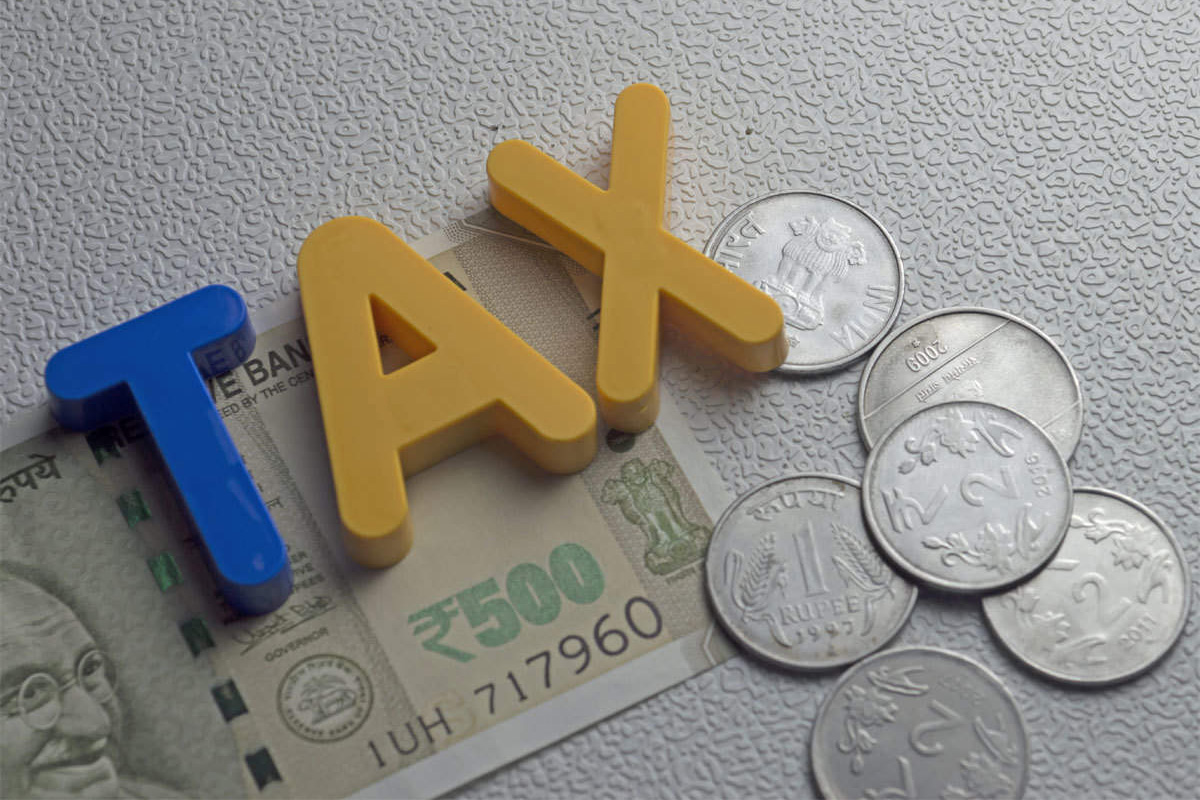India assumes Chair of Asian Disaster Preparedness Centre
India and eight neighbouring countries including Bangladesh, Cambodia, China, Nepal, Pakistan, Philippines, Sri Lanka and Thailand are the founding members of ADPC
The recent proposal from the Paris-based World Inequality Lab to impose a crorepati tax on India’s ultra-rich has reignited the debate over wealth inequality and its societal impact.

representational image (iStock photo)
The recent proposal from the Paris-based World Inequality Lab to impose a crorepati tax on India’s ultra-rich has reignited the debate over wealth inequality and its societal impact. According to their findings, the top 0.04 per cent of Indian adults, those possessing net wealth exceeding Rs 10 crore, hold an astonishing 25 per cent of the nation’s total wealth. This stark concentration of wealth at the top underscores a deeply entrenched economic disparity that continues to widen. India’s economic landscape is marked by stark contrasts. On one side, there is a burgeoning class of billionaires whose fortunes have swelled, even amid global economic downturns.
On the other, millions struggle to make ends meet, with the median adult holding a mere Rs 4.3 lakh in wealth and the bottom 50 per cent owning just 6.4 per cent of the country’s total wealth. Such disparities are not just numbers. They have real-world consequences, including in terms of access to quality education, healthcare, and opportunities for social mobility. The proposed wealth and inheritance taxes, targeting only the very wealthy, aim to bridge this chasm. By taxing net wealth exceeding Rs 10 crore at 2 per cent annually and imposing a 33 per cent inheritance tax on estates of similar value, the plan promises to generate significant revenue ~ up to 2.73 per cent of GDP. These funds could be transformative, potentially doubling public spending on education, which has languished at 2.9 per cent of GDP, far below the 6 per cent target set by the National Education Policy, 2020. Critics of wealth taxes often argue that such measures could stifle economic growth and discourage investment.
However, proponents counter that the extreme concentration of wealth at the top actually undermines broader economic vitality. When vast resources are held by a minuscule fraction of the population, it limits overall consumption, investment in diverse sectors, and innovation driven by a broader base of participants. Moreover, the proposed taxes would affect only 0.04 per cent of adults, leaving the vast majority untouched while addressing the skewed distribution of wealth. An important dimension of this debate is the intersection of economic and social inequalities, particularly the role of caste. The report highlights that India’s billionaires are predominantly from upper-caste backgrounds, with Scheduled Tribes and Scheduled Castes significantly under-represented. This suggests that wealth concentration is not just an economic issue but also a social one, perpetuating historical injustices and limiting the socio-economic mobility of marginalised groups.
Advertisement
Any proposal for such a tax would require careful consideration and robust democratic debate. Key questions include how to ensure compliance, the potential impact on capital flight, and how best to use the generated revenue to maximise public benefit. Transparency and accountability in the deployment of these funds would be crucial to gaining public trust and ensuring that the taxes achieve their intended goals. The debate this proposal sparks is essential for a nation striving for inclusive growth and equity
Advertisement